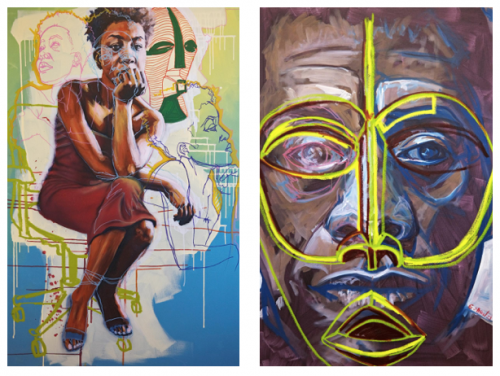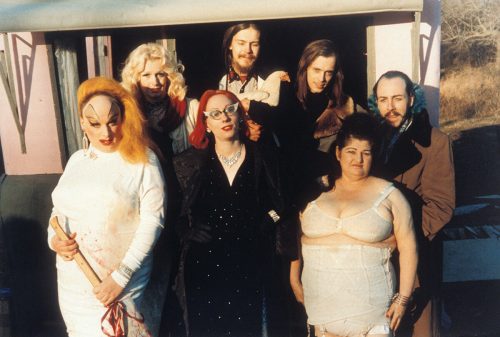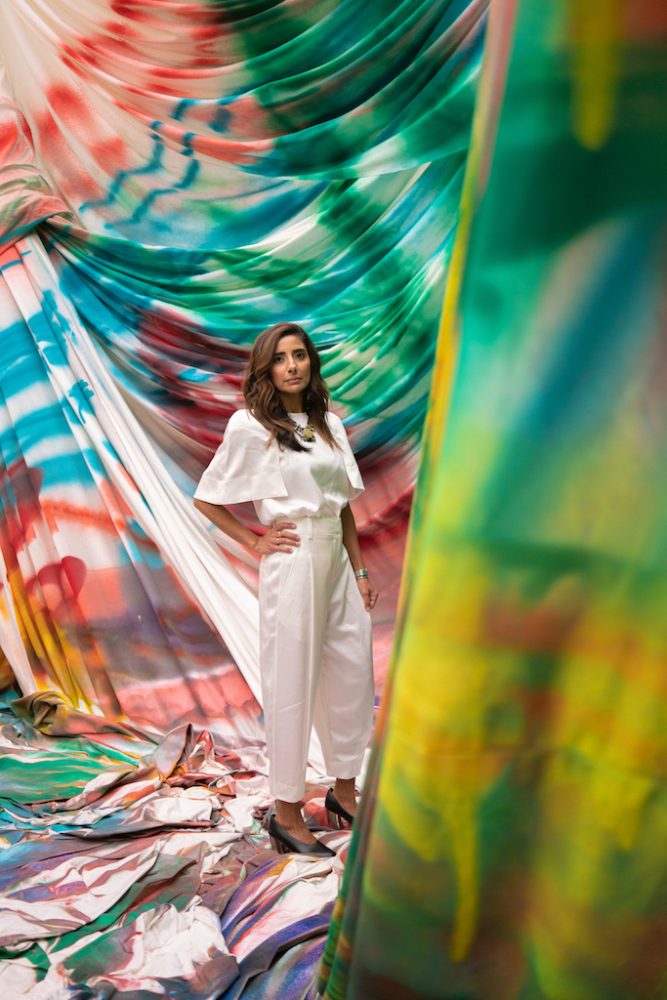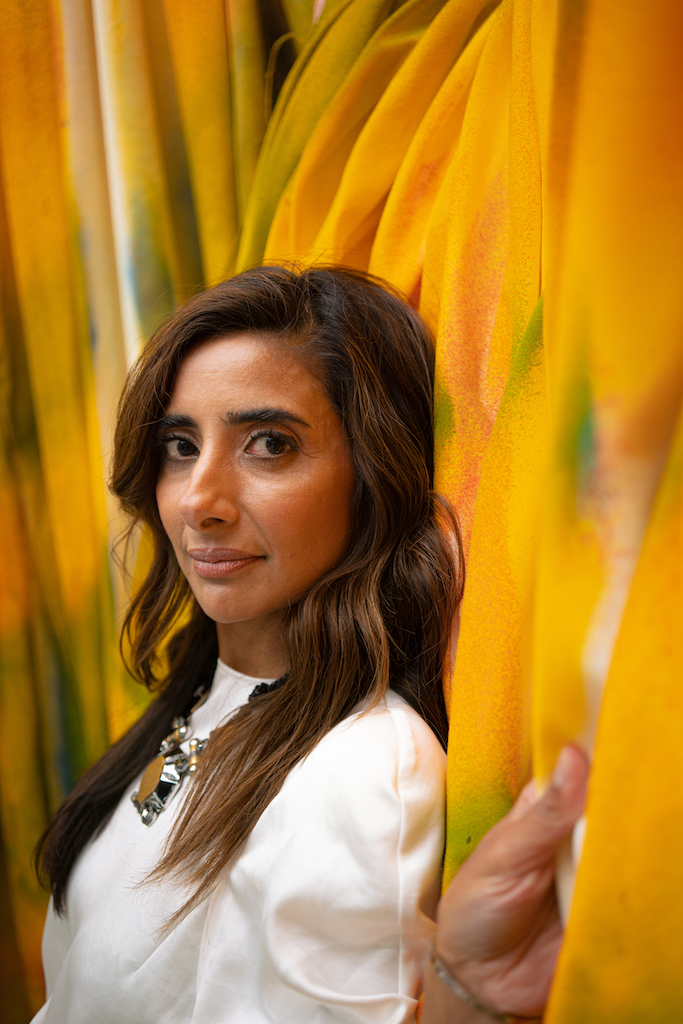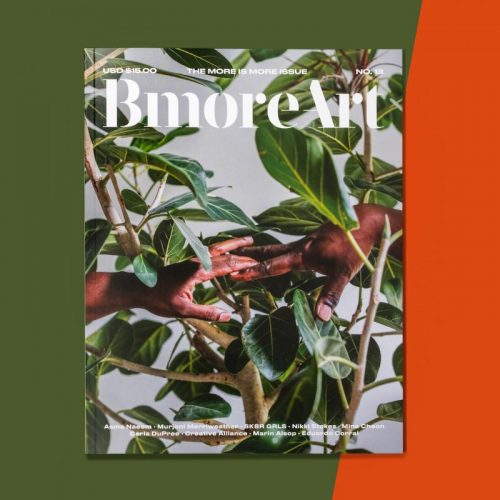Chief curator Asma Naeem’s office at the Baltimore Museum of Art (BMA) sits just across a tree-lined parking lot from her undergraduate alma mater, Johns Hopkins University. After traveling the world and earning multiple degrees in various East Coast cities, Naeem says it is “absolutely surreal” to have returned to the same geographical map dot where she began her collegiate studies. Naeem has lived in Baltimore for the majority of her life since immigrating from Pakistan as a girl, and says this city is part of her “emotional fabric.”
Her mother works at a medical clinic nearby, and, growing up, their family belonged to a Muslim congregation that met on Hopkins’ campus, so Naeem, a graduate of Loch Raven High School in Baltimore County, is a kind of prodigal daughter, returning to where she began. “Baltimore is part of my DNA,” she says, but her time away has given her a global perspective.
After graduating from Hopkins, Naeem earned her law degree at Temple University in Philadelphia and then went on to work in the Manhattan District Attorney’s Office for four years in the 1990s. Naeem wanted to be a public servant, so she pursued a career in law thinking she could move the needle of progress from within. However, after a few years of this work, looking at what she calls “the underbelly of humanity,” she realized that the system was too broken to be changed, and the emotional toll was too overwhelming. Every day working as a lawyer was “pushing against the moral fiber of my being.” Two decades removed from the stress and strain of her years in NYC, Naeem confirms, “I do not miss it at all.” She pauses, then repeats, “I don’t miss it at all.”
